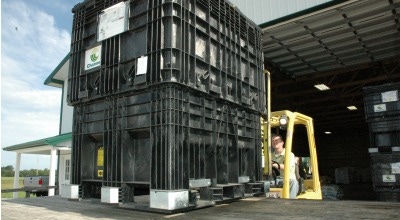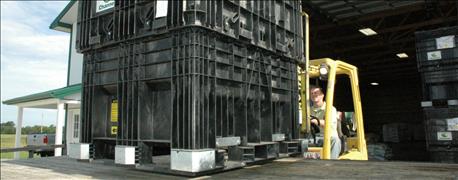
Still making seed choices for 2016? The University of Missouri Variety Testing Programs offers a third-party look at how soybean varieties performed against their competitors.
For 75 years, MU researchers have compared varieties in several locations in each region of the state. "Hardly any year is average," says MU Extension agronomist Bill Wiebold. This year was far from average, with heavy precipitation early on that prevented or delayed planting in much of Missouri.
Test results
Last year's plots saw soybeans coping by using stored water in the soil and reaping the benefits of large amounts of sunlight and lower-than-average temperatures in August.

Despite a growing season of extremes, soybean show surprisingly good yields. "Yields were really very good," especially considering more than 1 million acres in Missouri were planted after July 1, Wiebold says. Some areas saw varieties hit the 80-bushel mark.
Click on the links to see how your soybean varieties stacked up in 2015. It may help with 2016 planting decisions.
North
Regional mean for the Group 3.
Regional mean for the Group 4.
Central
Regional mean for Group 3.
Regional mean for the Group 4.
Southwest
Regional mean for Group 4.
Regional mean for Group 5.
Southeast
Regional mean for Group 4.
Regional mean for Group 5.
Wiebold recommends that farmers look at several locations or years of data when considering varieties. The tables on this page list the top ten varieties by location. For more information and a downloadable copy of the full report, go to varietytesting.missouri.edu/soybean.
Worth a look
For a look at how your favorite corn hybrid compares to others in the MU Variety Testing Program check out at the interactive tool available on the MU Variety Testing website.
Rather than scrolling through the entire variety trial results, farmers can choose their hybrid and compare it to any in the test. If growers just want to see how their favorite hybrid performed that option is available, according to Howard Mason. There is also an option to find hybrids based on biotechnology traits like glyphosate resistance.
About the Author(s)
You May Also Like






